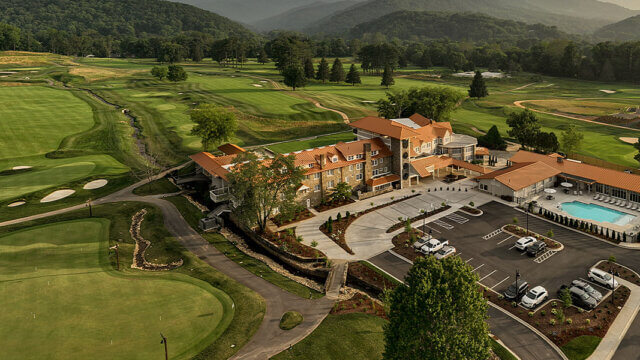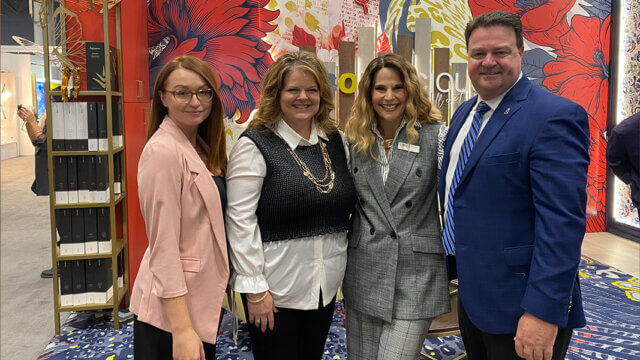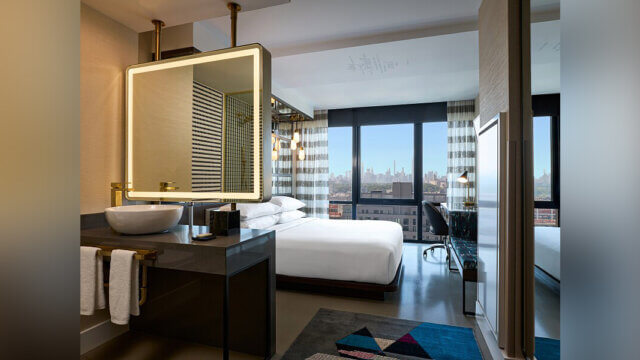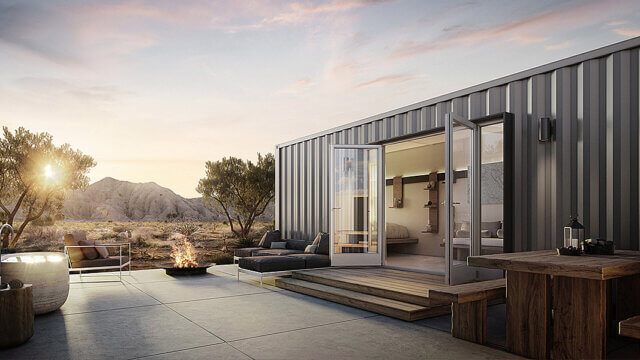DALLAS—When it comes to designing and building hospitality projects in the United States and on a global scale, architecture and construction firms are breaking the norms.
The move comes from shifting consumer preferences for leisure and business travel accommodations and increasing competition from home-sharing sites such as Airbnb and independent boutiques, according to Bryan Jones and Brian Miller, principals of The Beck Group, an architectural design and construction firm based here.
“We integrate architecture, construction, sustainability and technology to transform how our clients design and build,” said Miller. “We’re one of the few firms in the industry to deliver projects this way and, as a result, it allows us to provide clients with solutions at every stage of their projects.”
The Beck Group’s client, The Omni Barton Creek Resort & Spa in Austin, TX, illustrates this profound shift in the industry. “Omni Barton Creek wanted to modernize, expand and enhance its offerings. It was essential to the hotel team, and us, that the new additions feel cohesive and connected to the existing property,” said Miller.
The team studied the architectural language of Barton Creek to ensure the refreshed design is compatible and functional. The hotel team wanted a new destination spa, updated meeting facilities to capitalize on the city’s business conference environment, to refresh existing rooms and to add a new hotel tower to host more guests.
“The resort’s last renovation was nearly 20 years ago, so the spa, pool and fitness facilities were configured in a way that wasn’t relevant to how people enjoy hotel amenities today. The new layout and design had to enhance the guest experience,” said Miller.
Located a short distance from downtown in the Central Texas Hill Country, a connection to the outdoors was also important, so the new spaces aim to enhance how guests experience and navigate the outdoors.
“We highlight the beautiful site through new outdoor balconies and porches off of guestrooms, an event lawn, a new pool configuration and the new Mokara Spa,” said Miller. “The spa features an expansive private pool with sweeping Hill Country vistas from the hotel’s second floor. In addition to being a hotel and resort, Barton Creek is unique in that it is a member’s only country club. We were careful to keep the member experience in mind throughout the design process, as many of the new and refreshed facilities also serve members.”
Delivering the best guest experience is a significant factor in terms of hospitality design and The Beck Group took into account what travelers are craving and needing now.
“With the world becoming increasingly connected, guest experiences can be shared within seconds,” said Jones. “Hotels have to keep their offerings fresh and be in tune with consumer demands at a faster rate than ever before. Some of the design trends that we are seeing, such expanded communal spaces like lobbies and business centers, allow hotels to create more socially interactive environments that can, in turn, flex and react to change the look and feel of these spaces more easily.”
Jones added, “New technology is also impacting guest experiences, with services like mobile check-in, text concierge, media streaming options and other modern features streamlining and enhancing lodging stays.”
More and more hotel companies are looking to adaptive-reuse projects, which can diversify a portfolio of properties and cater to the various needs of consumers. The benefits abound.
“Many of the drivers and changes mentioned apply just as strongly to adaptive-reuse projects,” said Miller. “However, adaptive-reuse often brings opportunities for unique properties in prominent locations, as well as the chance to highlight historical significance and architectural character. In this way, the buildings themselves add to the appeal and the attraction of the hotel.”
The Beck Group has completed numerous adaptive-reuse or major renovation projects for hospitality and there’s much to consider.
“Owners, developers and the design team should recognize that brand standards may need to be adjusted when working within an existing building,” said Miller. “Often, primary building systems and infrastructure requires upgrading. Depending on the facility’s previous use, a structural analysis may be necessary or a full life safety system update. We recommend spending the time and money to create an accurate as-built model. We’re using multiple technologies like laser scanning, 3D cameras, and other tools to develop models, verify slab flatness and document existing conditions.”
For hoteliers to maximize the experience and value of the stay, they must embrace technology—a main driver of change—and move forward with its evolution.
“Savvy travelers and guests want a simple, stress-free experience at their hotel, and technology allows hoteliers to accommodate them. Many hotels have mobile apps that enable guests to check in to their room, unlock their room door and order room service,” said Jones.
“It’s not just technology; guests care about thoughtful design, communal lobbies, unique restaurants, live event venues, and cool rooftop bars,” he said. “They care a little less about the size of the room because they’re spending more time exploring whatever place or resort they’re visiting. This trend started with smaller boutique brands, but hotels and resorts like Omni and the Le Méridien Houston Downtown are doing a great job of executing this type of experience.”
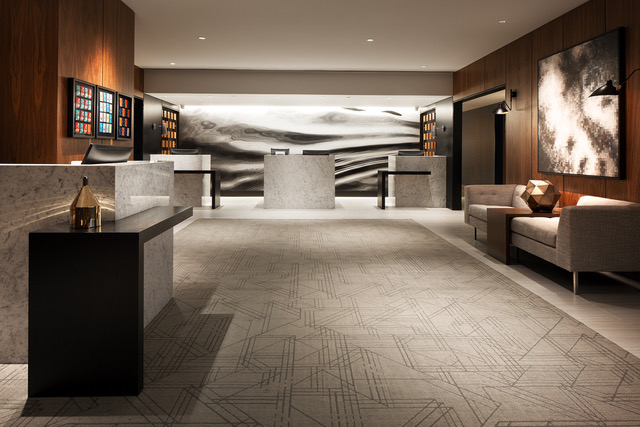
The Le Méridien Houston Downtown was converted from an existing historical, mid-century office building. Built in the early 1950s, the city’s oldest modern skyscraper was transformed into a 21-story hotel with a popular rooftop bar and a trendy ground-floor restaurant. The restaurant features a mural painted by a local artist that represents an abstraction of the topography of Houston’s famous bayous, which are landmarks of the city.
“The future of hospitality and the speed at which it is growing aligns with our approach to architecture and construction,” said Miller. “Hospitality projects increasingly demand faster and more cost-efficient ways to construct buildings, without sacrificing innovative design and the highest quality of facility delivery. This balance requires the early assembly of a team of experts with aligned goals, which is the core of what we do at The Beck Group.”

